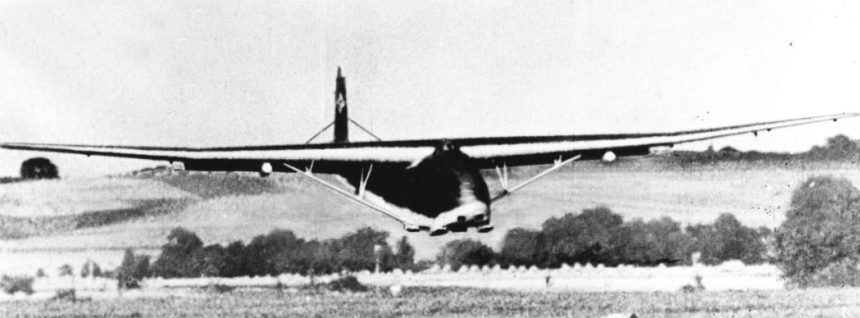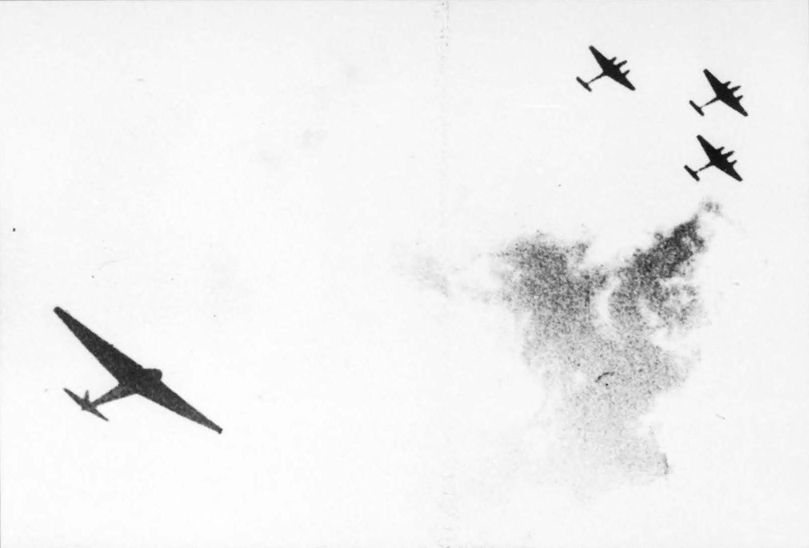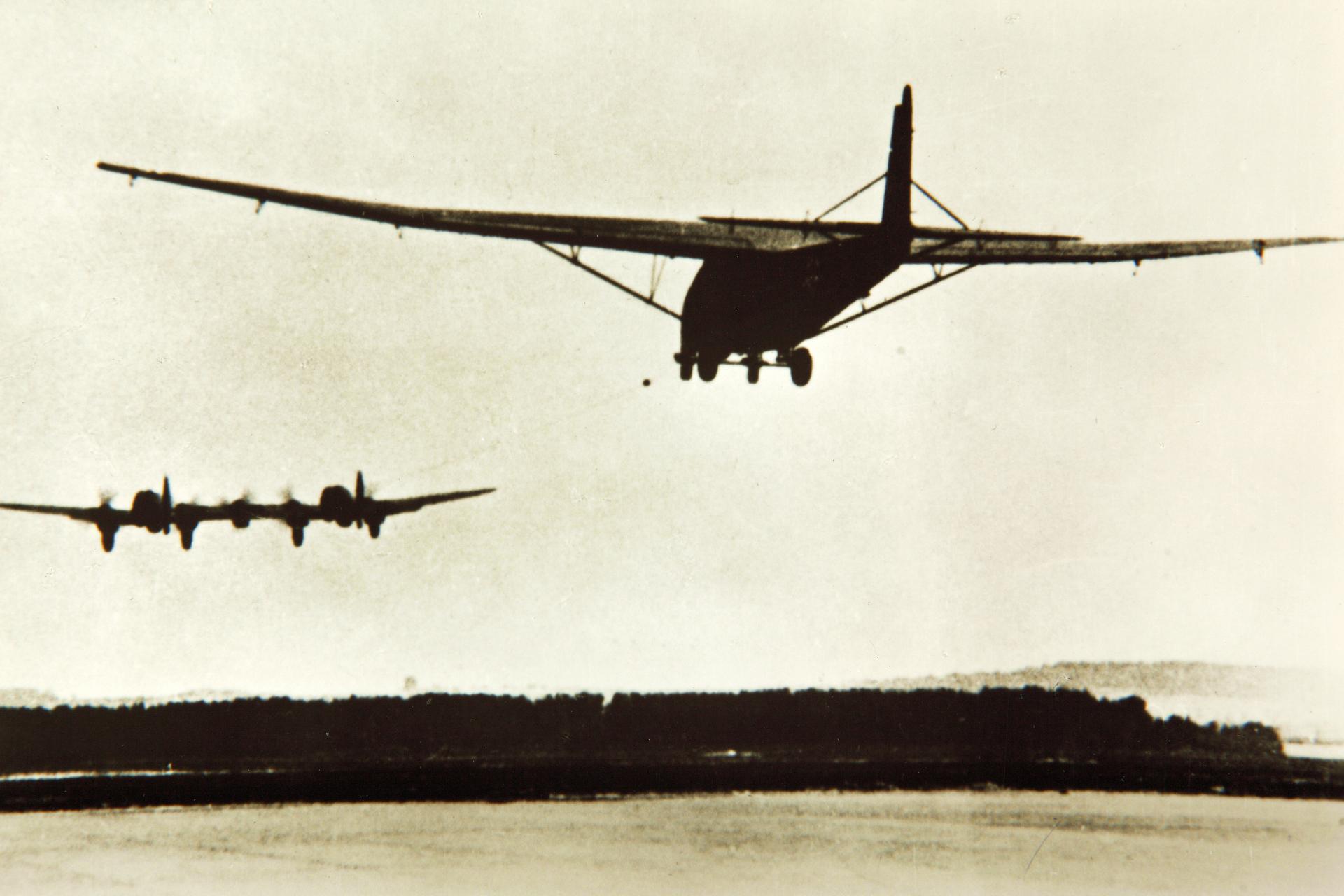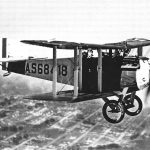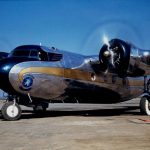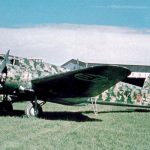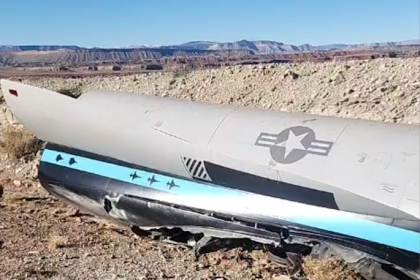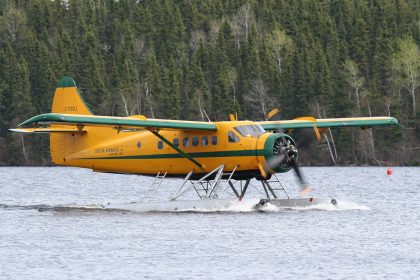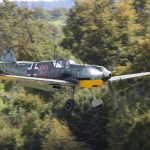
At the start of WWII, the largest transport aircraft in the German Luftwaffe was the Junkers Ju 52/3m trimotor that had been in both civil and military since the early 1930s. However, by the time Germany had defeated France in June 1940 and began preparations for the invasion of Britain (Operation Sea Lion), the Luftwaffe found itself in need of a much larger transport than the Ju 52, one that could carry an 88mm gun with a tracked tractor or an entire Panzer IV medium tank or up to 200 fully equipped troops. Even with the German defeat in the Battle of Britain and the cancellation of Operation Sea Lion, the Luftwaffe remained committed to the idea of a large transport, especially now that the German high command began preparations for Operation Barbarossa, the invasion of the Soviet Union. To make this transport economical to German industrial capabilities, it was decided to build a large wood and fabric glider to be towed into the air, be released from its cable, and descend behind enemy lines for its troops and equipment to be offloaded. This glider project would receive the codename Projekt Warschau (Project Warsaw).
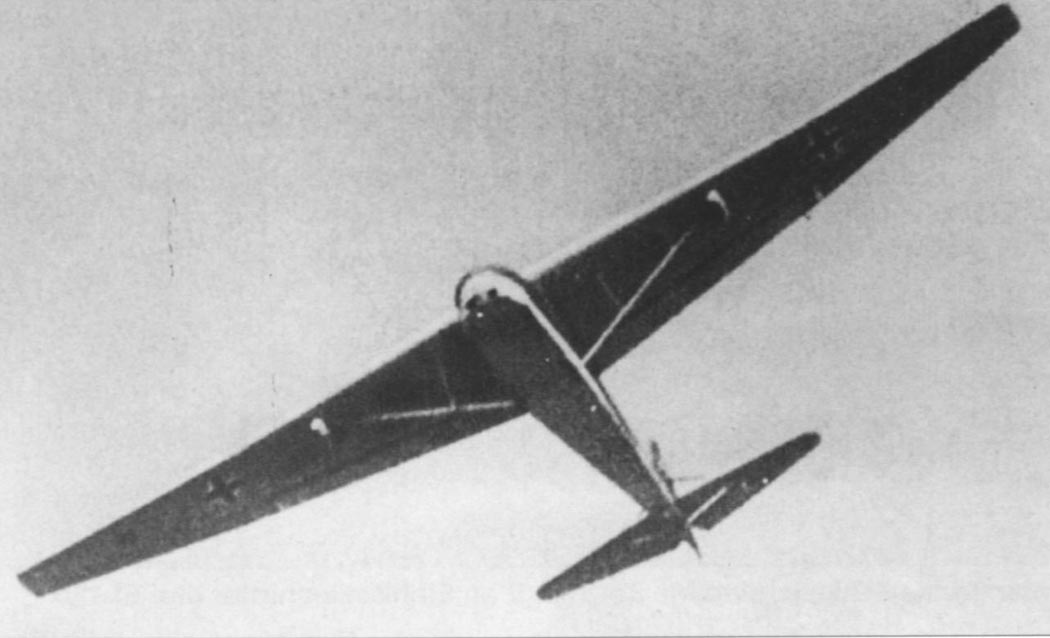
Two companies presented their proposals for a Grossraumlastensegler (“large-capacity transport glider”) to the Luftwaffe’s Technical Bureau as part of Project Warsaw. One was the Junkers Ju 322 Mammut (“Mammoth”), codenamed Warschau-Ost (Warsaw-East), and the Messerschmitt Me 321 Gigant (Giant), codenamed Warschau-Süd (Warsaw-South). The Me 321 was initially to be designated the Me 263 before that designation was reused for a late-war rocket fighter design.
Designed by a team led by engineer Josef Fröhlich, the resulting Gigant was built using a metal tubular frame with wooden spars covered with doped fabric, and the fuselage’s floor required heavy bracing to accommodate the weight of the equipment carried by the aircraft. The wing structure was built of plywood and covered in doped fabric, both to save weight and to put less strain on Germany limited ability to use sheet metal outside of the development of fighter and bomber aircraft. The Me 321 had no conventional landing gear but rather a jettisonable undercarriage with mainwheels from a Bf 109 fighter in the front and two mainwheels from a Junkers Ju 90 transport in the rear. After takeoff, the undercarriage would be jettisoned, and the aircraft would land in a field on four extendable skids.
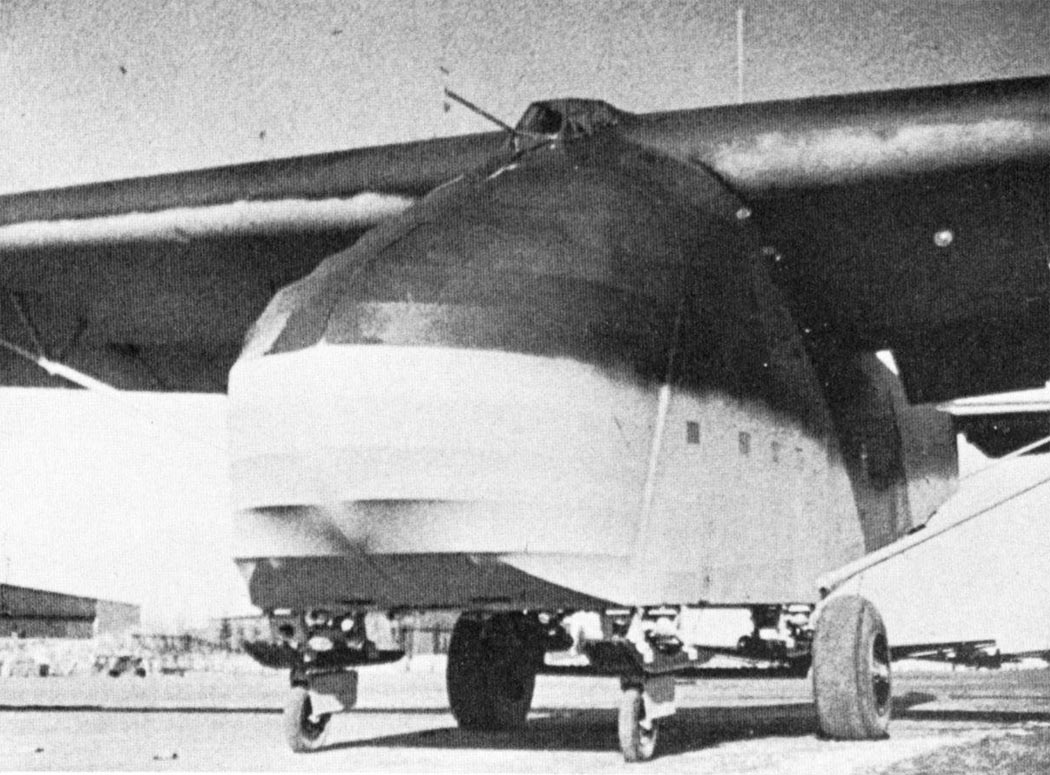
Construction of the aircraft’s tubular frame was sub-contracted to the company Mannesmann AG based in Düsseldorf, while final assembly and flight testing was selected to take place at Messerschmitt AG’s factory in the Bavarian town of Leipheim, some 50 kilometers (31 miles) northwest of Messerschmitt’s headquarters in Augsburg. When the prototype was ready for test flights, the glider had a wingspan of 55 meters (180 feet 5 inches) a wing area of 300 square meters (3,200 square feet), a fuselage length of 28.15 meters (92 feet 4 inches), and with its vertical stabilizer fitted, the Me 321 stood at 10.15 meters (33 feet 4 inches) tall. The cargo hold could hold six times the area as the Junkers Ju 52 trimotor, and was 11 meters (36 feet) long, 3 meters (10 feet) wide and 3.4 meters (11 feet) high, and could accommodate a maximum cargo weight of up to 23 metric tons (23 long tons). This would all be loaded through the 6 meters (20 feet) high nose of the glider, which consisted of two wood and fabric clamshell doors that opened from the inside outwards, with ramps being used to drive vehicles in or out of the Gigant.
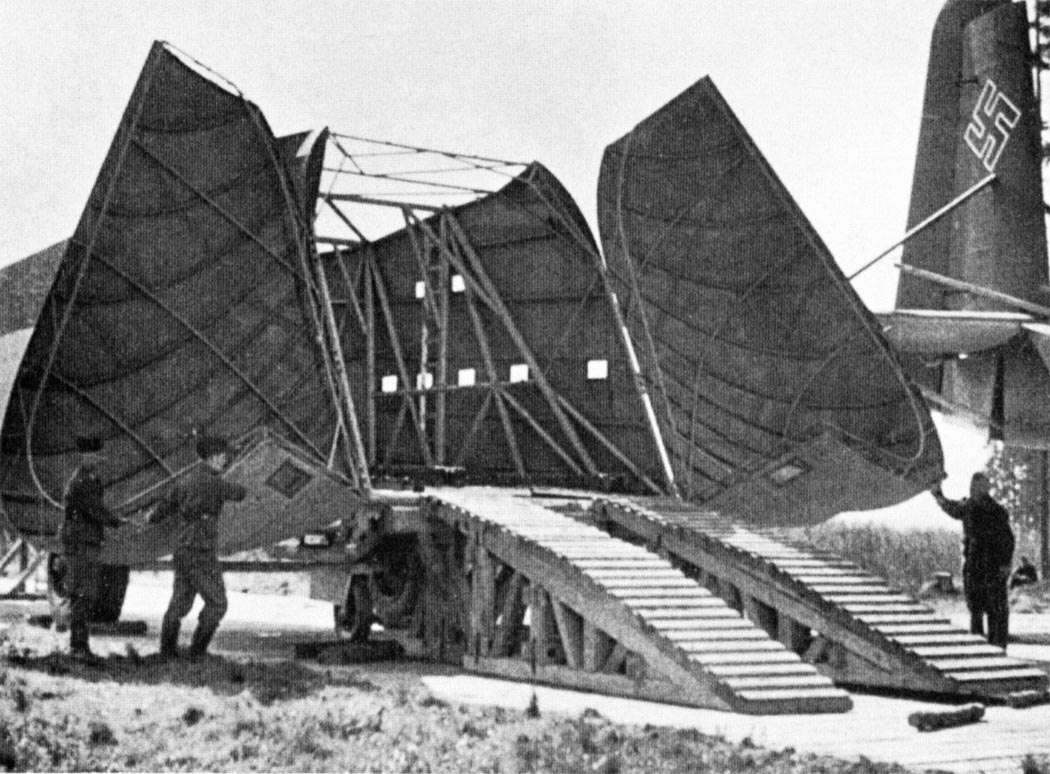
On February 24, 1941, the first Messerschmitt Me 321 prototype was towed into the air by a Junkers Ju 90 four-engine transport with Messerschmitt test pilot Karl Baur at the controls of the massive glider, carrying three tons of ballast. At the time, the Gigant prototype’s cockpit was intended for just one pilot, and although the aircraft made a safe flight, Baur reported that the controls were both heavy and sluggish to respond to pilot input. As a result of this test flight, the cockpit was modified for all subsequent Gigants to have dual controls for a copilot, and behind the two pilots sat a radio operator to communicate with air and ground forces. Additionally, the Me 321 was fitted with electric servo motors to assist the pilots in moving the trailing edge flaps, and to slow down its landing roll, a braking parachute was added.
Later, the Junkers Ju 322 Mammut was tested, but it proved unstable after being released from the Ju 90 tow plane and there was concern over the structural integrity of the Mammut’s all-wooden structure, and as such the Ju 322 was cancelled in favor of the Messerschmitt Me 321 Gigant. In May of 1941, the first Me 321 A-1s, fitted with single-seat cockpits, entered operational service with the Luftwaffe, and were being prepared to partake in Operation Barbarossa to be at the forefront of the airborne glider operations in the German invasion of the Soviet Union.
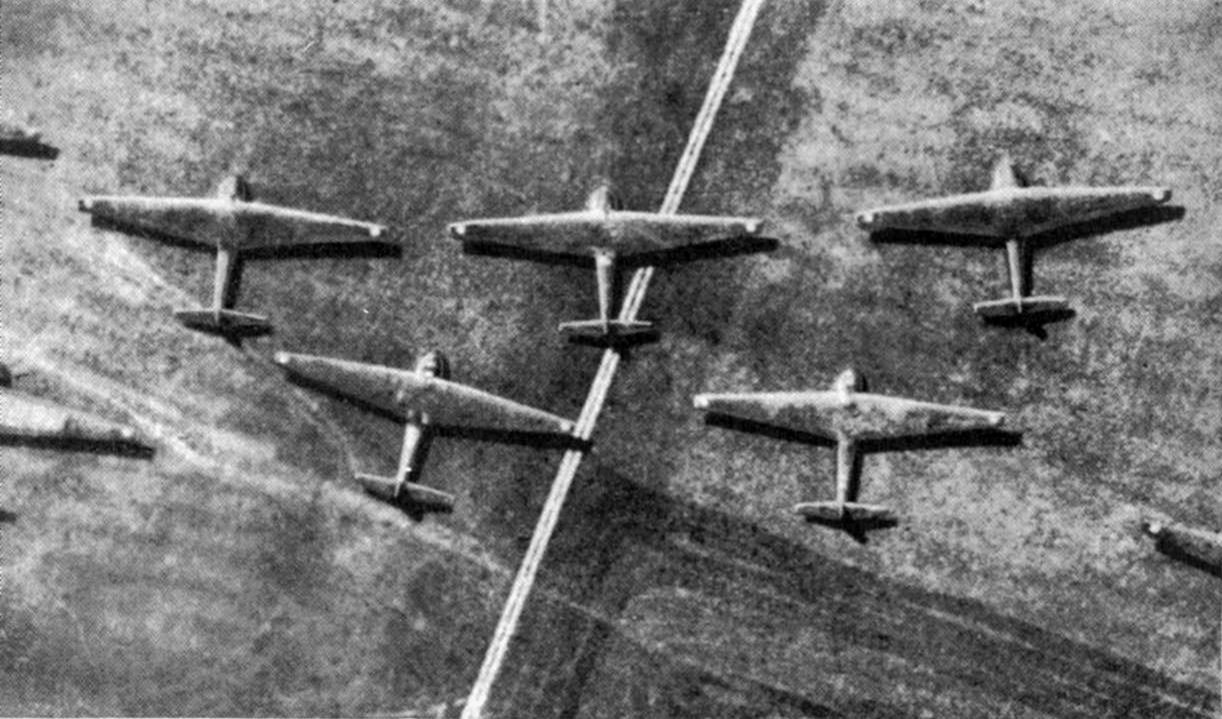
However, developing the Gigant revealed a glaring weakness in the design of the large capacity transport glider: in order for a glider to take off, it needs a tow plane to pull a cable to bring it into the air and climb to a sufficient altitude from which to release the glider. But what if the tow plan lacked suitable power to safely lift a glider off the ground? In the case of the Ju 90, it proved underpowered as a tow plane for the Me 321, even with four BMW 132 radial engines each providing 820 hp. As a solution to this, it was decided that three Messerschmitt Bf 110 heavy fighters would each have a cable to tow one Me 321 Gigant into the air while maintaining a V formation. In order to further assist the massive glider on its takeoff run, the Gigant would be fitted with between four to eight Walter HWK 109-500 rocket motors fitted to the undersides of the massive wings.
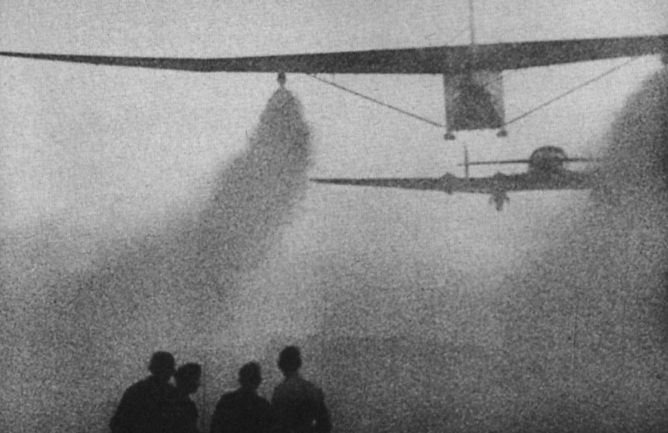
This arrangement, known as the Troikaschlepp (Troika tow; troika being derived from a Russian practice of having three horses pull a sleigh), was highly dangerous, and required extreme levels of coordination from all the pilots involved, and if one of the towplanes collided with another aircraft, it could result in all four aircraft being destroyed. Due to the danger of the Troikaschlepp configuration, the Chief of Procurement and Supply for the Luftwaffe, Ernst Udet, asked Ernst Heinkel to develop a purpose-built towplane for the Me 321 Gigant. The result was one of the most unusual aircraft of WWII, the Heinkel He 111Z (Z standing for Zwiling [“Twin”]), which saw two Heinkel He 111 medium bombers conjoined by a center wing section that included a fifth Junkers Jumo 211 inverted V12 engine to the four engines from the two airframes. Even with five engines, though, the He 111Z still struggled with towing the Gigant.
Despite these issues, the Gigant was still the largest transport in the Luftwaffe at that point in the war, and the first Staffels equipped with Me 321s were sent to the Eastern Front. However, operational experience showed that they were more valuable conducting transport missions to German occupied airfields rather than operating behind the Soviet lines in airborne operations. This was also underscored by the fact that as a glider, the Me 321 Gigant could not execute a go-around if it had to land at a busy airstrip, plus the Gigant’s size and weight required the use of specialized vehicles to move it on the ground, especially when it was on its skids rather than its undercarriage. In addition to flying troops and vehicles into operational theaters, the Me 321s were used to fly in massive quantities of fuel and oil in barrels for use in equipping the Wehrmacht with the energy it needed to continue pushing eastwards into Russia.
The Messerschmitt Me 321 was also placed under consideration for airborne operations outside the Eastern Front, such as the planned amphibious invasion of Malta (Operation Herkules) and the planned capture of Baku, capital of the Azerbaijani Soviet Socialist Republic, which promised great oil reserves for the German war effort. However, the Germans were not able to create the optimal conditions necessary for these operations to succeed (especially in procuring sufficient quantities of He 111Z towplanes), and the Me 321 Gigants remained primarily in service on the Eastern Front.

The Gigants were also considered in late 1942 for the airlift to supply the beleaguered German Sixth Army under General Friedrich Paulus, which was surrounded by the Soviet Army at Stalingrad, as the Junkers Ju 52s were simply unable to bring in the supplies needed to sustain the besieged Germans. Efforts were made to send a detachment of Me 321 Gigants, along with Gotha Go 242 gliders and He 111Z Zwiling towplanes to Stalingrad. By the time the massive gliders were able to reach the nearest forward operating base from which they could operate from, the Soviets had captured all the German-held airfields at Stalingrad, and the Me 321s were transferred to Crimea to resupply German forces in the Kuban region of southern Russia.
By the spring of 1943, the Messerschmitt Me 321 Gigant gliders were recalled back to Germany. The logistical efforts needed to get the gliders into the air and recover them from their landing fields was so taxing that they were withdrawn from further use and were either placed into storage or scrapped. However, the withdrawal of the Me 321 was also due to a powered development of the giant glider, the Messerschmitt Me 323, which also carried the name Gigant as it flew under its own power using six French Gnome-Rhône 14N radial engines. But the story of the Messerschmitt Me 323 Gigant deserves its own dedicated article in due time.
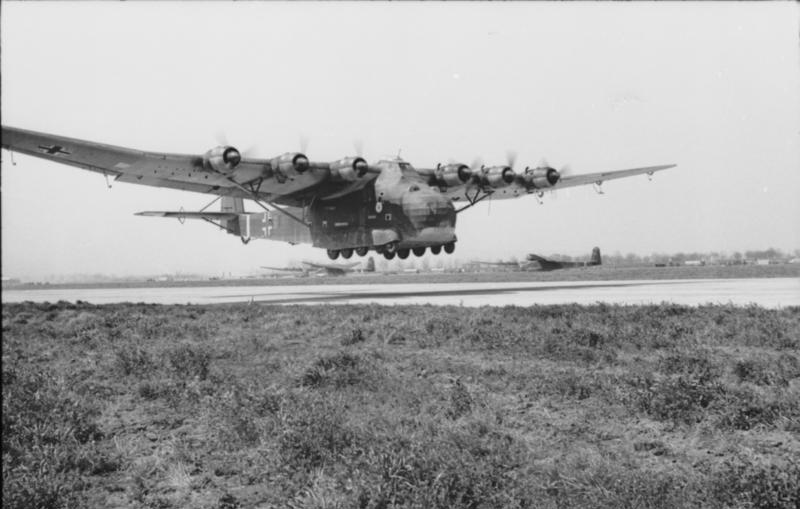
Today there are no complete surviving examples of either the Messerschmitt Me 321 or the Me 323 Gigants. There is the wreck of an Me 323 laying at a depth of 200 feet (60 meters) off the coast of Sardinia after it was shot down on July 26, 1943, by a Bristol Beaufighter of No. 144 Squadron, Royal Air Force while on its way from Venafiorita, Sardinia, to Pistoia, 32 kilometers (20 miles) northwest of Florence. The wreck discovered by divers in 2012. Meanwhile, a massive wing spar from an Me 323 is in the collections of the Bundeswehr Museum of Military History – Berlin-Gatow Airfield.
While the Gigant may have been the largest transport glider of WWII, which certainly lived up to its name, the lack of adequate towplanes capable of pulling it into the air also demonstrated the need to provide powered aircraft capable of lifting heavy cargo into the air, which would lead to the development of the Me 323 Gigant.
Today in Aviation History is a series highlighting the achievements, innovations, and milestones that have shaped the skies. All the previous anniversaries are available HERE







